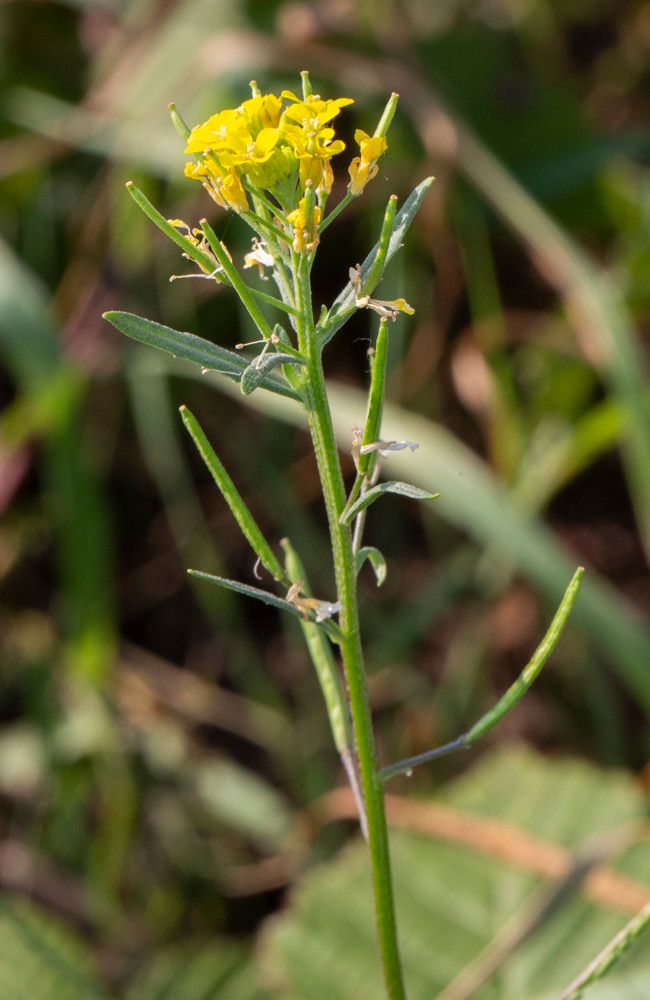## Scarlet Banana: A Tropical Showstopper
The Scarlet Banana, scientifically known as *Musa coccinea*, is a captivating ornamental plant that adds a vibrant splash of color to any tropical or subtropical garden. Unlike its edible cousins, this banana variety is prized for its stunning, showy red bracts rather than its fruit, although technically the fruit is edible, it's rarely appealing.
### Distinguishing Features
The Scarlet Banana stands out with its striking crimson-red bracts, which envelop the small, insignificant flowers. These bracts persist for a considerable time, creating a long-lasting visual spectacle. The plant itself can grow to a height of 2-4 meters, creating a dramatic focal point in the landscape. Unlike some banana varieties, it is less prone to producing suckers, making it slightly easier to maintain within a desired space.
### Habitat and Growth
Native to the Himalayas and Southeast Asia, the Scarlet Banana thrives in warm, humid climates. It prefers consistently moist soil but is intolerant of waterlogging. This plant appreciates partial to full shade, particularly in hotter regions. Direct, intense sunlight can scorch its leaves.
### Soil Needs
The Scarlet Banana prefers well-drained, rich, fertile soil. Adding organic matter, such as compost, significantly improves soil structure and drainage, promoting healthy growth. The soil should retain moisture but never become waterlogged. This will protect it from root rot, a common issue in banana plants.
### Sun Exposure
While the Scarlet Banana tolerates full sun in cooler climates, it ideally needs protection from intense midday sun, especially in warmer regions. Morning sun and afternoon shade provide the optimal balance of light and protection from scorching. In hotter climates, aim for filtered sunlight or partial shade.
### Propagation
Propagation is typically done via suckers or rhizomes that emerge from the base of the main plant. Once these suckers develop a few leaves and their own root system, they can carefully be separated and replanted. Spring is usually the best time to propagate.
### Pests and Diseases
As with most bananas, the Scarlet Banana is susceptible to pests such as aphids, mealybugs, and banana weevils. Regular inspection and timely intervention with appropriate insecticides or organic pest control methods are essential to maintain plant health. Fungal diseases can also occur, especially in poorly drained or overly wet conditions. Ensuring proper soil drainage and adequate air circulation helps in preventing fungal infections.
### Ornamental Uses
The Scarlet Banana's vibrant red bracts make it a captivating addition to tropical gardens. Its height and architectural form can create stunning visual effects when planted in borders, groupings, or as a statement piece. It blends beautifully with other tropical foliage plants and adds a touch of exotic elegance to any landscape.
### Conclusion
The Scarlet Banana is an excellent choice for adding vibrant color and tropical flair to your garden. With its relatively low maintenance requirements and breathtaking appearance, this plant is a rewarding addition for any gardener looking to introduce a touch of the exotic into their outdoor space.
Scarlet Banana: A Tropical Delight

Frequently Asked Questions
How to grow a Scarlet Banana plant?
Plant in well-drained, fertile soil with partial to full shade (depending on climate). Water consistently but avoid waterlogging. Protect from intense midday sun. Propagate via suckers in spring.
Is the Scarlet Banana edible?
While technically the fruit is edible, it's small, not very palatable, and not the primary reason to grow this ornamental plant. Its beauty lies in its striking red bracts.


